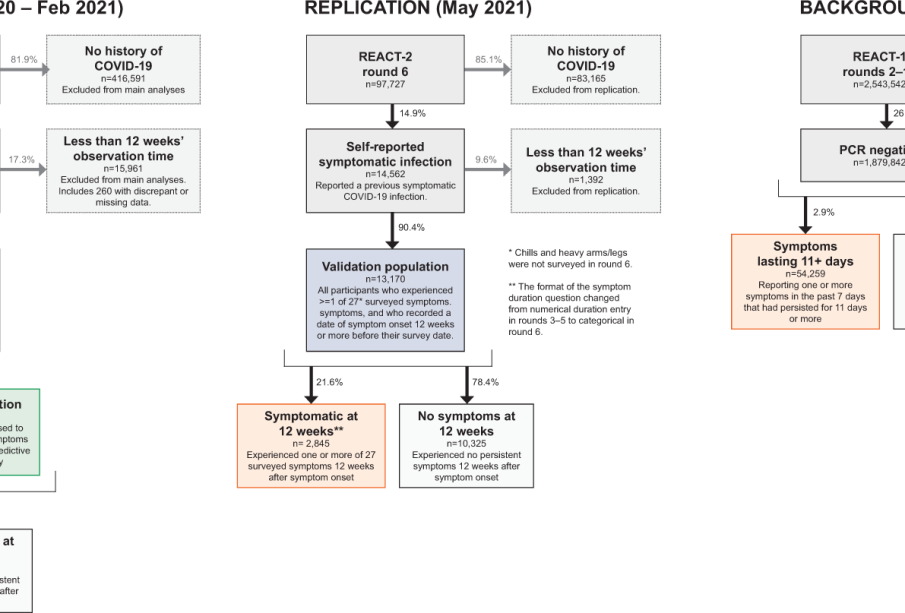A Comprehensive Guide to COVID Symptoms

Introduction
As the world continues to navigate through the COVID-19 pandemic, understanding the symptoms associated with the virus remains of paramount importance. With variants emerging and vaccination rates fluctuating, recognising the signs of COVID-19 not only aids individual health but also contributes to public safety. This report aims to provide updated information about COVID symptoms and their relevance in today’s context.
Common COVID Symptoms
The primary symptoms of COVID-19, as outlined by the World Health Organization (WHO), include fever, persistent cough, fatigue, loss of taste or smell, and difficulty breathing. However, symptoms may vary significantly among individuals, and some may experience milder or more severe reactions. Recent data from the UK health authorities indicated that while traditional symptoms prevail, newer variants have led to a broader range of symptoms emerging, such as gastrointestinal issues, headaches, and muscle aches.
Current Health Guidelines
According to the latest guidelines from the National Health Service (NHS), anyone experiencing typical COVID symptoms should self-isolate and get tested promptly. The significance of early detection cannot be overstated, as it limits the potential spread of the virus to others. Health professionals recommend keeping up-to-date with national and local health advisories, as guidance may change with evolving circumstances.
Conclusion
In summary, understanding COVID symptoms is essential for personal health and collective safety. With ongoing research into variants and vaccine efficacy, it remains crucial for the public to stay informed and vigilant. As we move forward, continued education on this topic will aid in minimising outbreaks and enhancing community resilience against COVID-19. Readers are encouraged to regularly check official health websites for the latest information regarding COVID symptoms and preventive measures.









